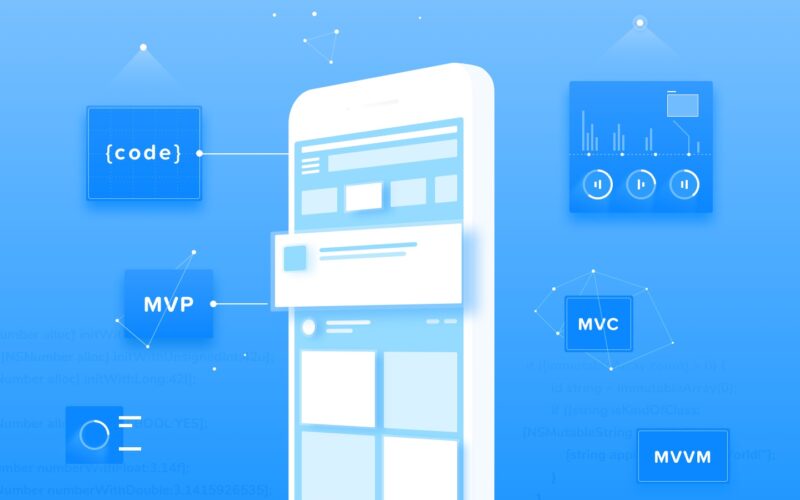Introduction: The Powerhouse of Microservices in E-Commerce
In the realm of modern commerce, customer expectations have transcended mere transactions. Today, customers demand immersive digital experiences that not only entertain but also educate. The conventional desire for a new product has evolved; customers now seek seamless, flexible payment options, subscribing to curated collections through sophisticated apps brimming with relevant offers.
This heightened complexity necessitates a paradigm shift in the tools employed by e-commerce brands. Traditional content management systems, once considered stalwarts, have become obsolete relics. They are cumbersome, monolithic structures that lack the agility to keep pace with dynamic workflows and emerging delivery channels. Simply put, these outdated CMSes are shackled to antiquated commerce practices.
E-commerce brands find solace in a specialized arsenal of tools tailored to meet their distinct objectives. Enter the microservices architecture, a revolutionary framework that offers singular, purpose-built tools for each functionality. Complementary tools seamlessly manage optimization, asset distribution, and customer interactions, each serving a specific purpose with unparalleled efficiency.
Codewave designed an “Infinite Inspiration” website for Meolaa.com, which allows users to scroll endlessly in any direction they want – horizontally, diagonally, or vertically.
Unleashing the Microservices Advantage
Scalability Beyond Limits
One of the hallmark advantages of microservices lies in its scalability. Take the example of Alibaba’s e-commerce platform. By breaking down their monolithic structure into microservices, they achieved unparalleled scalability. During massive shopping events like Singles’ Day, individual services scale independently, effortlessly handling millions of requests per second without a hiccup. The code is not just scalable; it’s elastic, adapting seamlessly to the ever-changing demands of the market.
Real-time Personalization
In the realm of e-commerce, personalization is not a luxury; it’s a necessity. Customers expect tailored experiences, and microservices deliver precisely that. Netflix, the streaming giant, utilizes microservices to analyze user behavior in real time. This data fuels their recommendation engine, ensuring that every user is presented with content tailored to their preferences. The result? Increased user engagement and customer satisfaction.
Architecting for Success: Best Practices in Microservices
Decentralized Data Management
One of the most critical aspects of microservices architecture is decentralized data management. Each microservice owns its data and exposes well-defined APIs for interaction. This approach fosters independence, enabling teams to choose the most suitable database technologies for their specific needs. Shopify, the e-commerce platform serving over a million businesses, embodies this practice. Each microservice manages its data, ensuring data integrity while promoting flexibility in technology choices.
Asynchronous Communication
In the world of microservices, asynchronous communication is the bedrock of seamless interactions. By employing asynchronous messaging patterns like publish-subscribe or message queues, microservices can communicate without waiting for immediate responses. Amazon, the global e-commerce leader, orchestrates its services asynchronously. Orders, payments, and inventory management services collaborate without creating bottlenecks, ensuring a fluid customer experience even during peak hours.
Continuous Deployment and DevOps
Continuous deployment and DevOps practices are not just buzzwords; they are the lifeblood of microservices architecture. With numerous services working in tandem, ensuring smooth deployment is paramount. Etsy, the online marketplace for unique and creative goods, exemplifies this approach. They have embraced a culture of continuous deployment, empowering their teams to roll out updates independently. This agility keeps their platform robust, responsive, and always up-to-date with the latest features.
Real-life Use Cases: Microservices in Action
Intelligent Inventory Management
Managing inventory in e-commerce is akin to walking a tightrope. Too much stock ties up capital, while insufficient stock leads to missed sales opportunities. Zalando, Europe’s leading online fashion platform, tackles this challenge using microservices. Their intelligent inventory management system analyzes historical data, real-time sales, and market trends. Through microservices, they optimize stock levels dynamically, ensuring products are always available when customers demand them.
Fraud Detection and Prevention
Fraudulent activities pose a significant threat to e-commerce businesses. Microservices provide a robust solution. Rakuten, the global online marketplace, utilizes microservices to enhance fraud detection. By employing machine learning algorithms across multiple microservices, they scrutinize transactions, user behavior, and payment patterns. Suspicious activities are flagged in real time, allowing swift intervention and protecting both customers and the platform from potential losses.
Conclusion: Mastering the Art of Immersive E-Commerce
In the intricate tapestry of e-commerce, microservices are the masterstroke, weaving together seamless user experiences and unparalleled scalability. For developers, CTOs, CEOs, and technology experts, understanding the intricacies of microservices architecture is not just a skill; it’s a competitive advantage.
As you embark on your journey to craft immersive, engaging e-commerce experiences, remember this: microservices are not just a technological framework; they are the catalysts of innovation. Embrace the decentralization of data, champion asynchronous communication, and adopt a culture of continuous deployment. In doing so, you pave the way for your platform to thrive in the digital age.
Let’s continue to push the boundaries, challenge the status quo, and redefine what’s possible in the realm of e-commerce. By harnessing the power of microservices, you’re not just building a platform; you’re architecting an experience—an experience that captivates users, fosters loyalty, and propels your business to unprecedented heights in the vibrant landscape of digital commerce.








